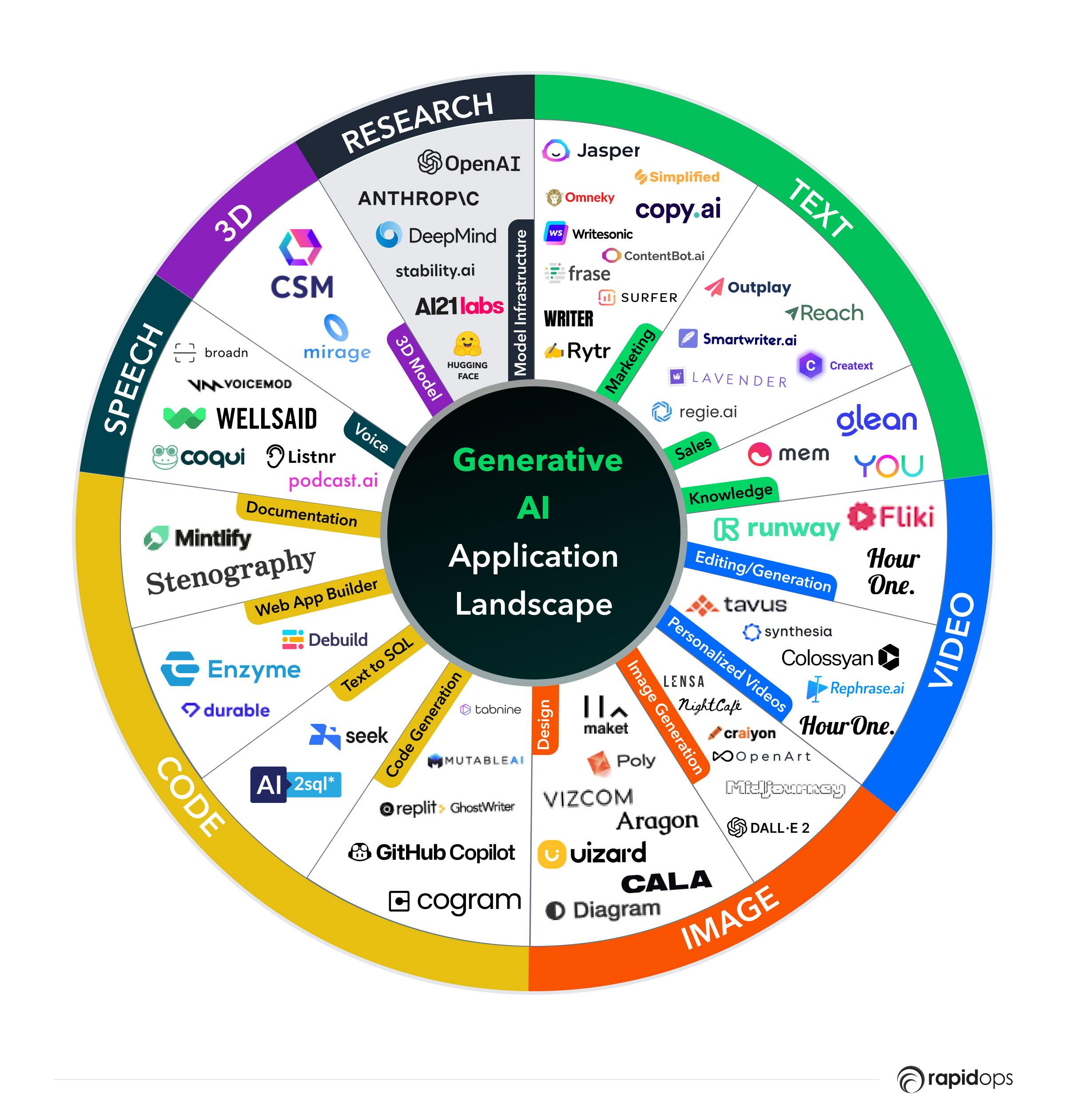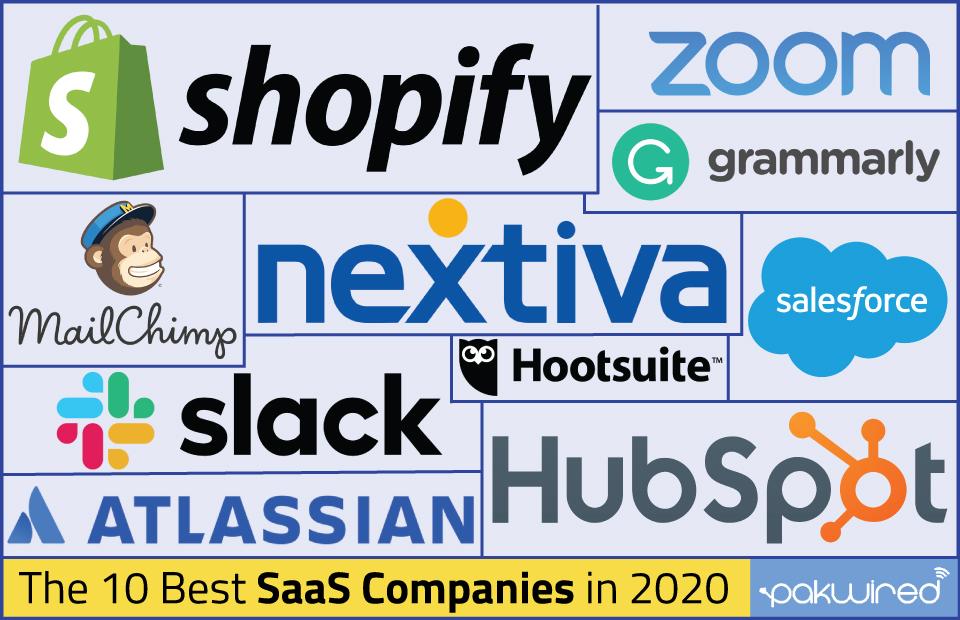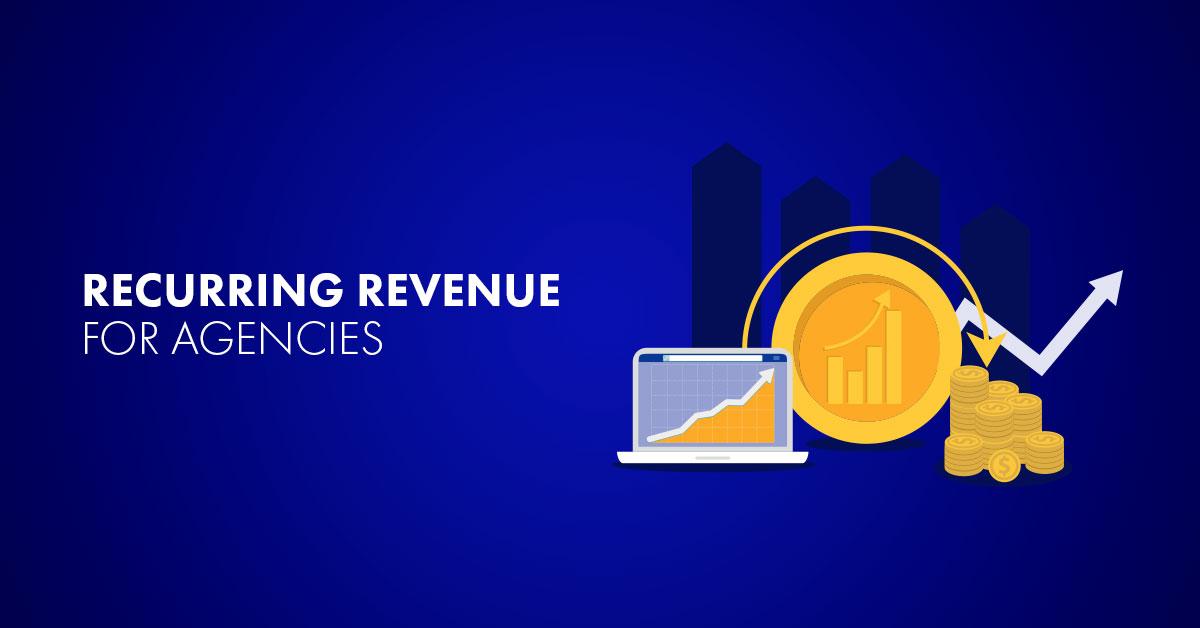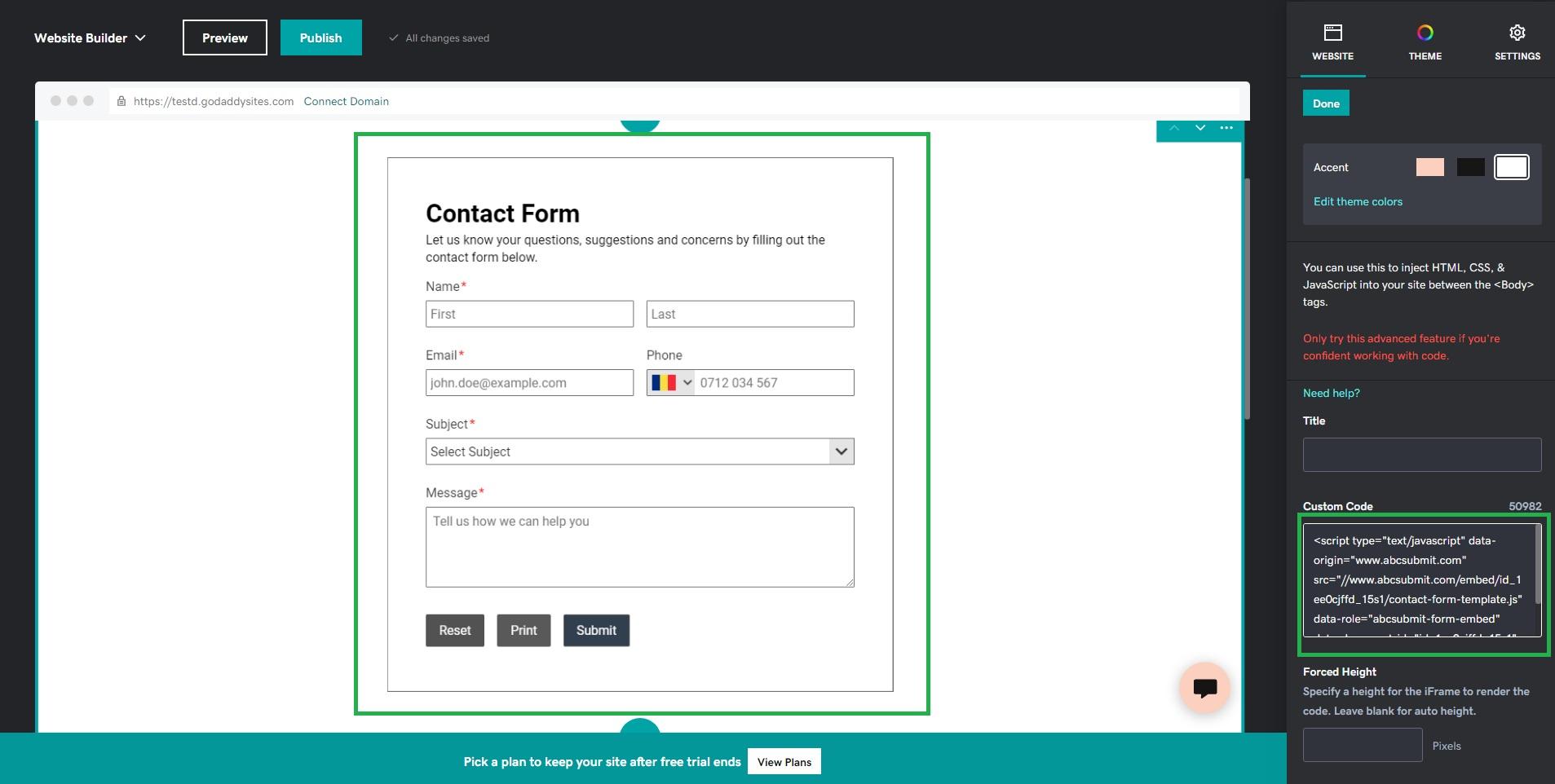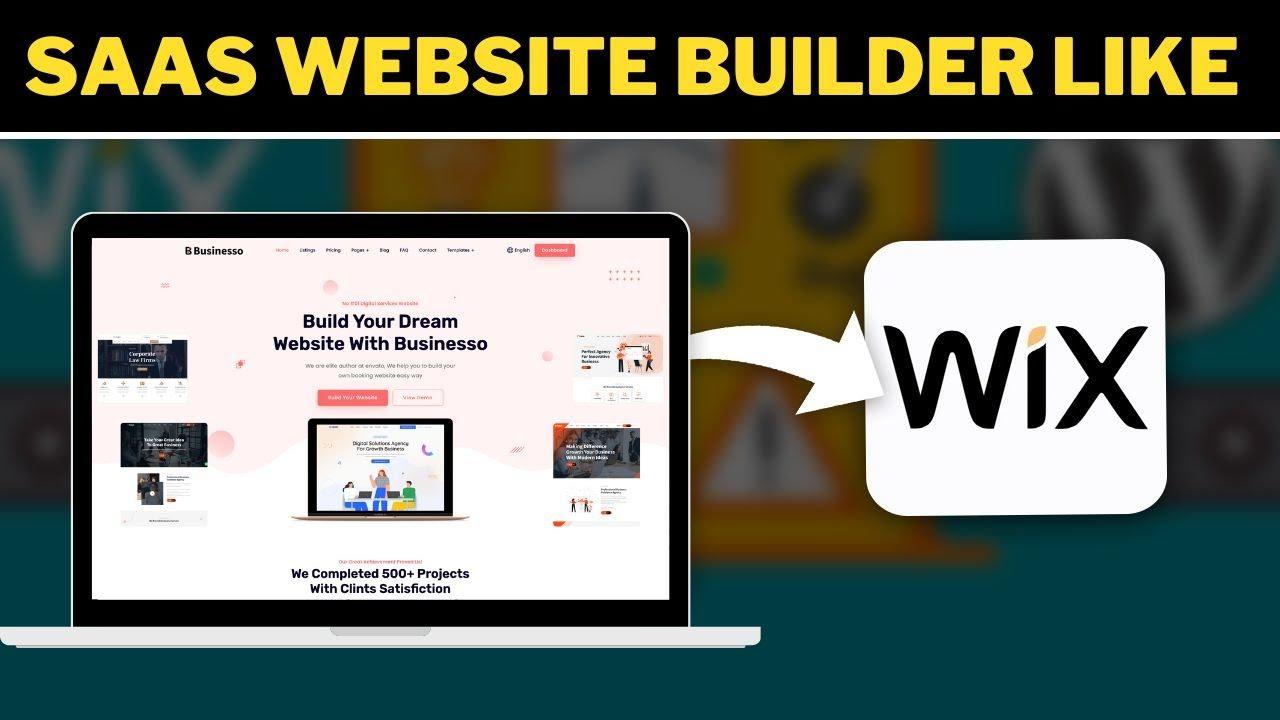
In today’s fast-paced digital landscape, having a strong online presence is more crucial than ever. If you’re running a Software as a Service (SaaS) business, you’ve probably noticed a growing demand for customizable solutions that empower users to create their own websites with ease. But let’s be honest—developing a website builder from the ground up can feel like climbing a mountain without a guide. It’s time-consuming, resource-draining, and often, you might not even know where to start. But what if I told you there’s a smarter way to integrate a website builder into your SaaS without reinventing the wheel? In this article, we’ll explore the ins and outs of adding a website builder to your platform, allowing you to enhance your offerings and delight your users—all without starting from scratch. Ready to take your SaaS to the next level? Let’s dive in!
Understanding the Need for a Website Builder in Your SaaS
In today’s digital landscape, the importance of having an online presence cannot be overstated, especially for Software as a Service (SaaS) companies. A website is not just a marketing tool; it is the very foundation upon which your brand stands. Here’s why incorporating a website builder into your SaaS can be a game-changer:
- User Empowerment: By providing users with a website builder, you empower them to create their own unique online space. This not only enhances user satisfaction but also encourages them to stick around longer.
- Customization: Every business is different, and a one-size-fits-all approach rarely works. A website builder allows users to tailor their sites to reflect their brand identity, offering features that align with their specific needs.
- Reduced Onboarding Time: Traditional website development can be time-consuming and complex. A built-in website builder simplifies the process, allowing users to launch their sites quickly and efficiently.
- Increased Value Proposition: Offering a website builder adds significant value to your SaaS product. It differentiates your service in a competitive market, attracting more customers who are looking for comprehensive solutions.
Moreover, incorporating a website builder can lead to increased customer retention. When users can easily manage their online presence, they are less likely to seek alternative solutions. This translates to:
| Benefits | Impact on Business |
|---|---|
| Higher Customer Satisfaction | Improved retention rates |
| Less Support Overhead | Fewer queries and complaints |
| Scalability | Ability to accommodate diverse user needs |
Additionally, a website builder can serve as an upsell opportunity. Once users realize the potential of customizing their online presence, they may be willing to invest in premium features or additional functionalities you provide. This can lead to:
- Enhanced Revenue Streams: By offering tiered pricing plans for additional features, you can create multiple revenue channels.
- Better User Engagement: Users who actively build and manage their websites are more likely to engage with your platform, leading to a more vibrant community.
Incorporating a website builder into your SaaS is not just about keeping up with trends; it’s about creating a holistic ecosystem where users feel valued. By focusing on their needs and enhancing the overall user experience, you’ll be setting your SaaS up for sustained growth and success.
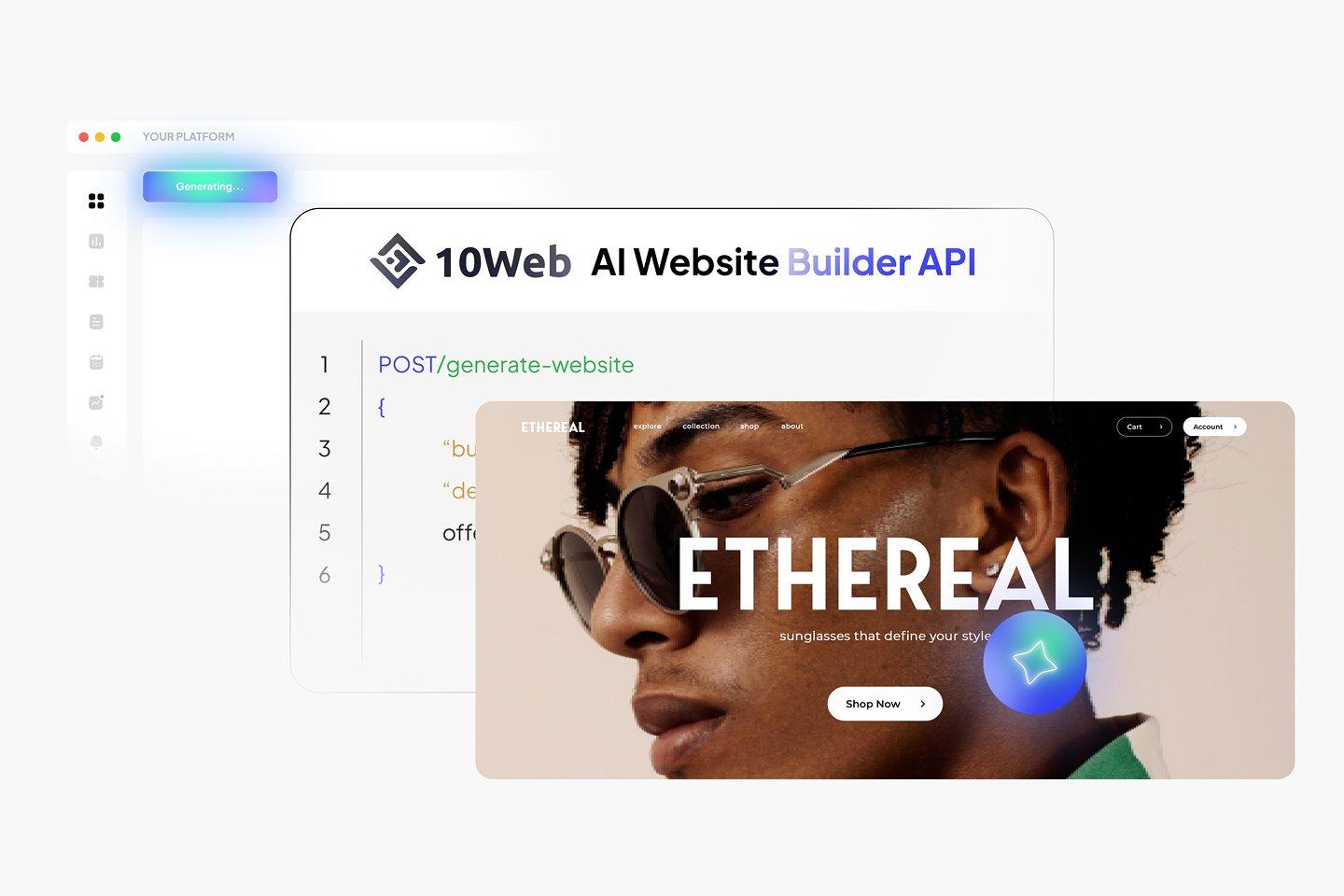
Choosing the Right Website Builder Framework for Seamless Integration
When it comes to integrating a website builder into your Software as a Service (SaaS) platform, the framework you choose can significantly impact the overall user experience. It’s essential to select a builder that not only meets your current needs but also adapts to future demands. Here are some key factors to consider:
- Ease of Use: Your users should be able to navigate the website builder with little to no learning curve. Look for frameworks that offer a drag-and-drop interface, which can make the process intuitively simple.
- Customization Options: Flexibility is a must. Ensure that the framework allows for extensive customization, enabling users to create unique sites that reflect their brand identity.
- Responsive Design: With a significant amount of web traffic coming from mobile devices, it’s vital that the builder creates responsive designs seamlessly. Ensure that the framework automatically adjusts layouts for various screen sizes.
- Integration Capabilities: The website builder should easily integrate with other tools like CRM systems, e-commerce platforms, and marketing software. This interoperability can enhance functionality and provide a better experience for your users.
- Support and Community: An active community or robust support from the framework developers can be a lifesaver. Access to tutorials, forums, and customer support can facilitate smoother troubleshooting and learning.
Let’s break down a few framework options that are popular for website builders:
| Framework | Features | Best For |
|---|---|---|
| WordPress + Elementor | Drag-and-drop, responsive templates, extensive plugins | Small to medium-sized businesses |
| Wix | Intuitive design, built-in SEO tools, app market | Beginners and creatives |
| Shopify | Built-in e-commerce features, payment gateways, marketing tools | Online stores |
| Squarespace | Elegant templates, customization, marketing integrations | Design-focused brands |
As you explore these frameworks, consider conducting user testing to gauge which option resonates most with your target audience. Gather feedback during the testing phase to ensure that the chosen framework delivers the functionality your users desire.
Another aspect to weigh is the learning curve for your team. If your team is familiar with a particular framework, leveraging that expertise can shorten the integration process and enhance productivity. Investing time in training can also pay off in the long run, allowing your team to utilize the platform to its fullest potential.
Ultimately, the right framework will not only support your current needs but will also grow with your business. Take your time to evaluate your options, consider the long-term implications of your choice, and ensure that the builder aligns with your overall business strategy.
Exploring No-Code and Low-Code Solutions to Save Time
In today’s fast-paced digital landscape, businesses are constantly seeking ways to enhance their offerings without overwhelming their teams. Enter no-code and low-code solutions, the modern superheroes of software development that allow you to add functionality to your SaaS without diving deep into complex coding languages.
Imagine being able to integrate a website builder directly into your existing platform. With no-code tools, this becomes not only feasible but also incredibly efficient. These platforms enable users, regardless of their technical background, to craft professional-grade websites through intuitive drag-and-drop interfaces.
Here are some compelling reasons to consider no-code and low-code solutions:
- Speed: Development time drastically reduces as you can implement features in a fraction of the time.
- Cost-Effective: Save on hiring developers or extensive training for your team.
- User Empowerment: Enable your non-technical team members to contribute directly to the product’s development.
- Flexibility: Quickly adapt to changing market demands without the burden of heavy coding.
When considering a website builder for your SaaS, it’s essential to look at the integration capabilities of your chosen no-code platform. Many of these tools allow seamless integration with existing databases and APIs, facilitating a smooth workflow. For instance, tools like Webflow or Bubble offer powerful customization options while maintaining simplicity in implementation.
| Feature | No-Code Solution | Low-Code Solution |
|---|---|---|
| Ease of Use | Highly intuitive | Moderate complexity |
| Customization | Limited flexibility | High flexibility |
| Speed of Development | Very fast | Fast, but requires some coding |
Integrating these solutions can also enhance your user experience. By providing users with tools to build their websites, you empower them to create unique solutions that cater to their specific needs. This not only increases customer satisfaction but also fosters loyalty as users feel a greater sense of ownership over their online presence.
leveraging no-code and low-code options to integrate a website builder into your SaaS can significantly streamline development and reduce costs. It provides a practical pathway to modernization that keeps pace with ever-evolving customer expectations. Why start from scratch when you can elevate your platform with existing tools that provide flexibility and power at your fingertips?
Identifying Key Features Your Users Will Love
When it comes to integrating a website builder into your SaaS platform, understanding what your users truly desire is paramount. Users are looking for tools that not only meet their needs but also enhance their overall experience. Start by gathering insights from customer feedback, surveys, or usability tests. Here are some features that can make your website builder a hit:
- Drag-and-Drop Interface: A user-friendly interface that allows users to easily arrange elements without any coding knowledge.
- Customizable Templates: Offer a library of templates that users can customize to reflect their brand identity.
- Responsive Design: Ensure that all websites created are mobile-friendly and look great on any device.
- SEO Tools: Integrate basic SEO functionalities that help users optimize their websites for search engines.
- Analytics Dashboard: Provide insights into website performance, visitor statistics, and user engagement metrics.
- Support and Resources: Consider adding a knowledge base or tutorial videos to assist users in maximizing the potential of the website builder.
To better understand which features will resonate most, consider creating a priority matrix to evaluate potential features based on user demand and implementation complexity. This will help you focus on delivering high-value features first.
| Feature | User Demand | Implementation Complexity |
|---|---|---|
| Drag-and-Drop Interface | High | Medium |
| Customizable Templates | High | High |
| Responsive Design | Medium | Medium |
| SEO Tools | Medium | Low |
| Analytics Dashboard | Low | High |
| Support and Resources | Medium | Low |
Don’t overlook the importance of user feedback throughout the development process. Conducting beta tests with a select group of users can provide invaluable insights. Encourage them to share their thoughts on usability and feature desirability. This real-world feedback will allow you to refine the features before a wider launch.
Lastly, ensure that any new features are seamlessly integrated into your existing platform. Users should feel that the website builder is a natural extension of your SaaS product, not a disjointed addition. Consistency in design and usability will enhance the overall user experience and encourage adoption.
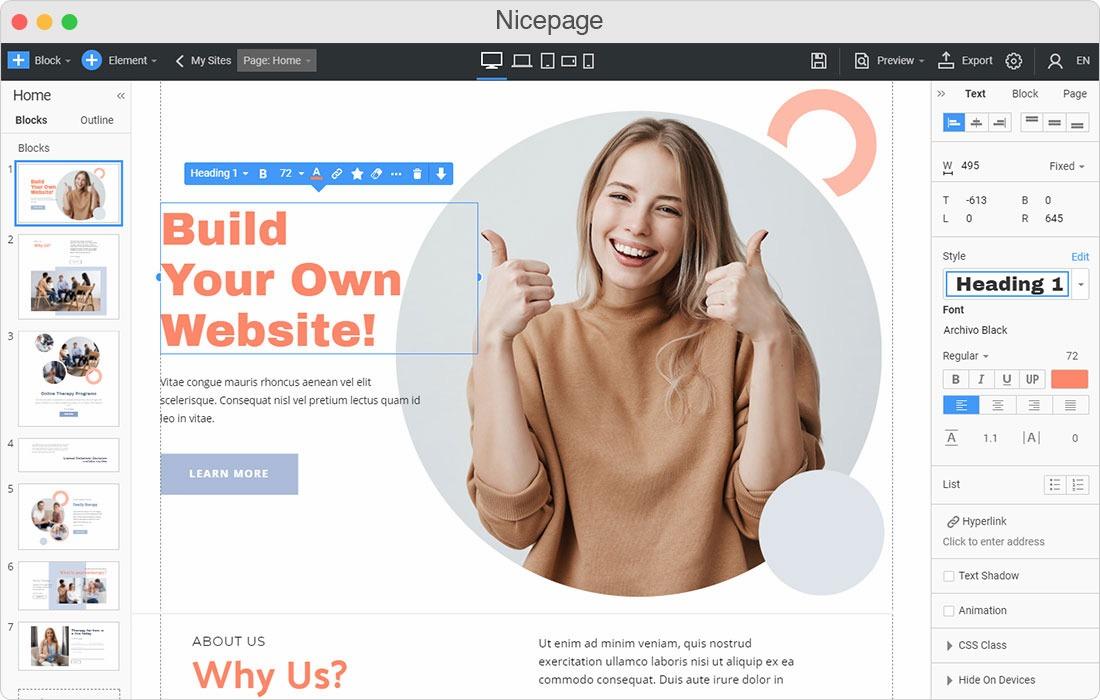
Designing an Intuitive User Experience for Your Website Builder
Creating an Intuitive User Experience in Your Website Builder
When integrating a website builder into your SaaS platform, the user experience (UX) is paramount. An intuitive UX not only enhances user satisfaction but also encourages customers to explore all features your builder has to offer. Begin by considering the user journey—how users will navigate through your tool from start to finish.
One effective approach is to utilize progressive disclosure. This means revealing information gradually, which prevents overwhelming users at the outset. For instance, when a user starts a new project, you could present them with basic options first. As they become comfortable, additional features can be unlocked, making the experience feel more manageable.
Another crucial aspect is the design of clear and concise navigation. Organize features into easily identifiable categories. Here are some tips for effective navigation:
- Keep menus short and focused.
- Use descriptive icons and labels.
- Implement a search function for quick access to tools.
Visual hierarchy plays a significant role in guiding users through your website builder. Make sure that the most important elements stand out. This can be achieved through:
- Using contrasting colors for calls to action.
- Employing larger font sizes for headings.
- Incorporating whitespace to reduce clutter.
Moreover, providing real-time previews of changes can significantly enhance the user experience. Users appreciate being able to see their edits come to life instantly. Implementing a split-screen view where users can edit content on one side while previewing it on the other can be particularly effective.
In addition to visuals, offering contextual help can greatly ease the learning curve. Tooltips, guided tours, and a comprehensive FAQ section can empower users to utilize your builder’s full potential. Consider these techniques:
- Integrate tooltips that explain features as users hover over them.
- Provide guided onboarding that walks new users through essential functions.
- Include video tutorials for more complex features.
Lastly, ensure your website builder is mobile-responsive. With more users accessing tools via smartphones and tablets, optimizing the experience for different devices is non-negotiable. Test your builder on various screen sizes to ensure consistency and usability across platforms.
| Key Feature | Benefit |
|---|---|
| Progressive Disclosure | Reduces overwhelm for new users |
| Clear Navigation | Improves usability and efficiency |
| Real-Time Previews | Enhances satisfaction with instant feedback |
| Contextual Help | Supports user learning and engagement |
| Mobile Responsiveness | Ensures accessibility across devices |

Leveraging APIs to Connect Your SaaS and Website Builder
In today’s digital landscape, integrating a website builder into your Software as a Service (SaaS) platform can significantly enhance user experience and retention. Leveraging the power of APIs (Application Programming Interfaces) is key to making this integration seamless and efficient. APIs allow different software applications to communicate with each other, so you can connect your existing SaaS functionalities with a robust website builder without the need to reinvent the wheel.
When considering how to use APIs for this purpose, keep in mind the following advantages:
- Time Efficiency: Instead of developing a website builder from the ground up, utilizing pre-built API solutions saves time and resources.
- Flexibility: APIs allow you to choose a website builder that fits your specific needs, whether it’s for e-commerce, portfolios, or blogs.
- Scalability: As your user base grows, APIs can help you scale your website builder functionality without significant overhead.
To successfully implement a website builder through API integration, you can follow a structured approach. Start by identifying the right API that aligns with your SaaS capabilities. Look for features that complement your existing services, such as:
- User Authentication: Ensure that your users can easily log in to both your SaaS platform and the website builder.
- Template Management: Choose APIs that offer a variety of customizable templates, allowing users the freedom to create unique sites.
- Analytics and Tracking: Integrate APIs that provide analytics tools to help users gauge the performance of their websites.
Once you’ve selected the appropriate API, the next step is to integrate it into your application. This typically involves:
- API Key Generation: Secure an API key from your chosen service provider to authenticate your requests.
- Endpoint Configuration: Set up the necessary endpoints to facilitate communication between your SaaS and the website builder.
- Data Mapping: Ensure that data flows seamlessly between the two systems, mapping user data to the website builder’s requirements.
It’s also crucial to consider the user interface. A smooth integration should provide a cohesive experience for users. Here’s how you can structure the integrated dashboard:
| Feature | SaaS Functionality | Website Builder Functionality |
|---|---|---|
| User Management | Manage users and subscriptions | Access to website creation tools |
| Content Creation | Generate content dynamically | Drag-and-drop editing tools |
| Support | Customer service via chat | Documentation and tutorials |
offer your users excellent support to help them navigate the new website-building feature. Provide tutorials, FAQs, and a dedicated support team that can assist users in resolving any issues they may encounter. This dedication to user experience will not only boost satisfaction but also lead to higher retention rates.
By strategically leveraging APIs, you can add an effective website builder to your SaaS platform, enhancing functionality and providing your users with the tools they need to succeed online. Embrace the ease and efficiency that API integration offers, and watch your user engagement soar.

Implementing Customization Options to Enhance User Satisfaction
When it comes to enhancing user satisfaction, customization options play a pivotal role in making your website builder more appealing. By allowing users to tailor their experiences, you not only meet diverse needs but also foster a sense of ownership and engagement. This is particularly important in a competitive landscape where users seek platforms that resonate with their unique visions.
One effective way to implement customization is through drag-and-drop functionality. This feature empowers users to effortlessly design layouts that align with their personal or brand aesthetics. By providing a seamless interface, users can visually manipulate elements without needing technical expertise, which significantly reduces frustration and enhances satisfaction.
Additionally, consider offering a variety of pre-designed templates. These templates should cater to different industries and use cases, allowing users to jumpstart their projects. Here’s a simple table comparing the benefits of various template types:
| Template Type | Benefits |
|---|---|
| Business | Professional look, industry-specific features |
| Portfolio | Showcase work, visually appealing layouts |
| Blog | Reader-friendly, easy navigation |
| E-commerce | Optimized for sales, payment integration |
Moreover, providing color and font customization options can significantly enhance user satisfaction. Users should feel empowered to choose colors that reflect their brand identity and select fonts that resonate with their target audience. This level of personalization not only improves aesthetics but also reinforces brand recognition.
Don’t overlook the importance of responsive design options. Users today expect their websites to look great on both desktop and mobile devices. By allowing customization in how elements stack or resize, you enable them to maintain a consistent brand experience across different platforms.
Furthermore, integrating custom CSS options can attract advanced users who crave more control over their designs. This feature allows tech-savvy customers to inject their own styles and make nuanced adjustments that may not be available through your standard interface, thereby deepening their investment in your platform.
Lastly, consider incorporating user feedback mechanisms within the customization process. Providing users with a way to share their experiences or suggest enhancements can lead to continuous improvement. It shows that you value their input and are committed to evolving your product to better suit their needs.
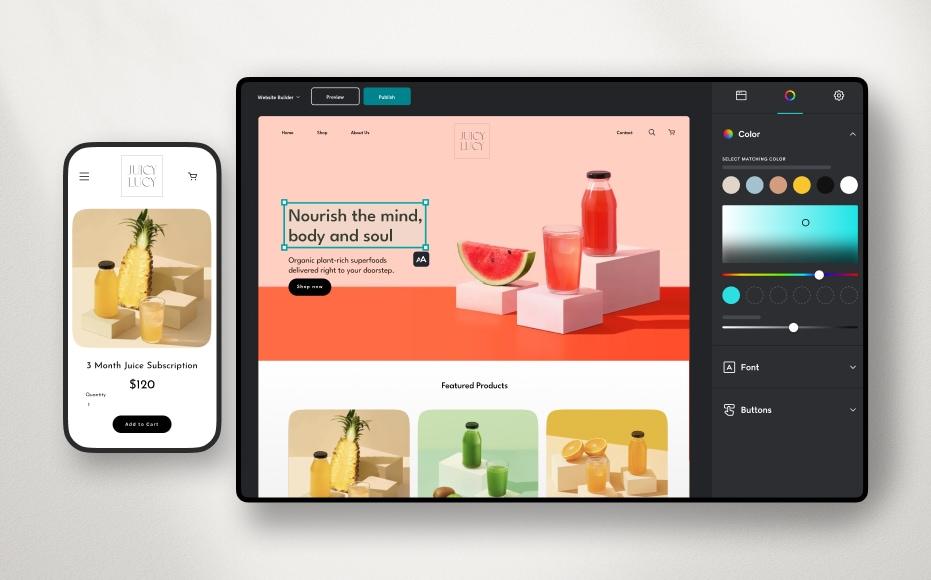
Testing and Gathering Feedback for Continuous Improvement
Incorporating a website builder into your SaaS platform is an exciting journey, but the real magic happens when you actively test and gather feedback. This is crucial for ensuring that the features you provide meet user expectations and drive engagement. Here’s how you can make the most of this phase:
First off, consider beta testing with a select group of users. Create a closed environment where early adopters can experiment with the new website builder. This exclusive access not only makes your users feel valued, but it also allows you to gather initial reactions and insights.
Next, employ various feedback mechanisms. Here are some methods to consider:
- Surveys: Use short, targeted surveys post-interaction to gauge user satisfaction.
- User Interviews: Conduct one-on-one interviews for in-depth feedback on user experiences.
- Analytics: Leverage usage data to identify features that are popular and those that may need enhancement.
Don’t shy away from being transparent with your users about the changes you’re implementing based on their feedback. Create a feedback loop that not only acknowledges their input but also shows them how it’s being used to shape the product. This can foster a sense of community and loyalty.
It’s also beneficial to establish a prioritization framework for the feedback you receive. Not all suggestions will hold equal weight, so categorize them based on frequency, urgency, and potential impact. This way, you can focus on the most critical updates that will enhance user experience. Consider using a simple table to track this feedback:
| Feature Request | User Impact | Implementation Priority |
|---|---|---|
| Drag-and-drop functionality | High | Critical |
| Template library expansion | Medium | Moderate |
| Custom domain support | High | Critical |
| SEO tools integration | Low | Low |
it’s important to continuously iterate. After making changes based on feedback, communicate these updates back to your users. This cycle of testing, feedback, and improvement is vital to the success of your website builder and helps ensure that it evolves to meet the ever-changing needs of your customers.
By adopting a proactive approach to testing and feedback, you’ll not only enhance your product but also build a stronger relationship with your users. Remember, your goal is to create a tool that not only meets their needs but exceeds their expectations. So, roll up your sleeves and get started on this collaborative journey toward continuous improvement!

Ensuring Mobile Responsiveness for the Modern User
In today’s digital landscape, mobile responsiveness has transitioned from a nice-to-have to a necessity. With a staggering percentage of users accessing websites via smartphones, it’s crucial for SaaS companies to prioritize mobile-friendly designs in their website builders. Here are some essential considerations:
- Fluid Grids: Utilize fluid grids that allow your layout to adapt seamlessly to varying screen sizes. This ensures that content remains accessible and visually appealing, no matter the device.
- Media Queries: Implement CSS media queries to adjust the styling of your website based on the device’s characteristics, such as width and orientation. This allows you to create tailored experiences for different users.
- Touch-Friendly Elements: Make sure buttons and links are easily tappable on mobile devices. Aim for a minimum size of 44×44 pixels to enhance usability.
- Responsive Images: Use the
srcsetattribute to serve appropriately sized images for different devices, ensuring fast loading times and optimal display quality. - Simplified Navigation: Opt for a hamburger menu or similar design to keep navigation intuitive and clutter-free on mobile screens.
Another critical aspect is testing your website across various mobile devices and browsers. Tools like BrowserStack or Google’s Mobile-Friendly Test can help identify potential issues before they reach your users. Regularly gathering feedback from actual users can also provide insights into their experience, allowing you to make necessary adjustments.
Consider adopting frameworks like Bootstrap or Foundation, which offer predefined mobile-first components that can significantly speed up the development process. These frameworks come equipped with built-in responsiveness, allowing you to focus on creating unique features for your SaaS without worrying about the fundamental design.
keep performance at the forefront of your design strategy. Use lazy loading for images and scripts to enhance page speed on mobile devices, as slower load times can drive potential customers away. A well-optimized site not only improves user experience but also boosts search engine rankings.
By incorporating these strategies into your website builder, you can ensure a mobile-responsive design that meets the expectations of modern users, providing them with a seamless and engaging experience no matter how they access your SaaS.
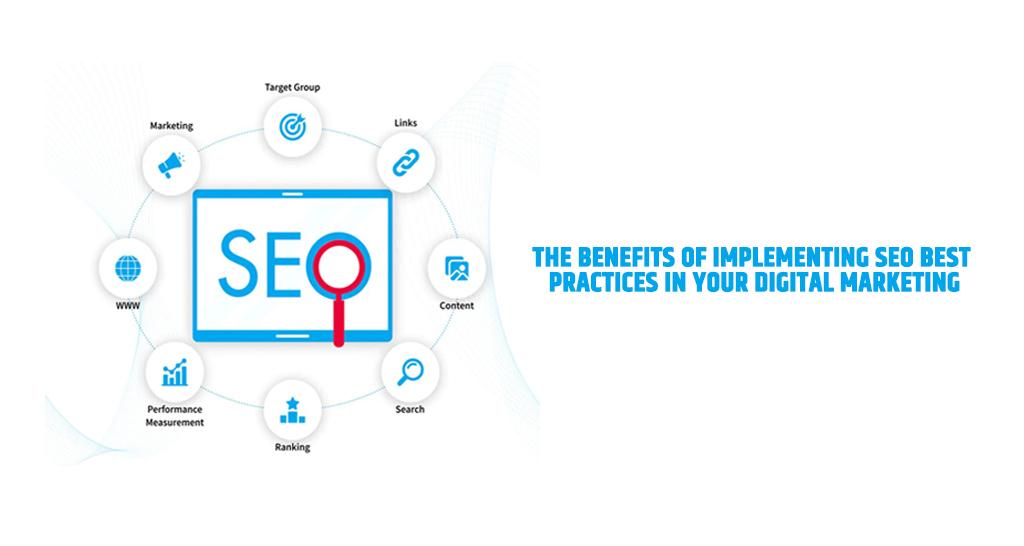
Integrating SEO Best Practices for Better Visibility
In the competitive landscape of SaaS, integrating SEO best practices into your website builder is non-negotiable. It’s not just about creating a functional tool; it’s about ensuring that your users can easily find and utilize it. Here are some strategies to enhance visibility and attract more users.
- Keyword Research: Start with understanding what your target audience is searching for. Use tools like Google Keyword Planner or Ahrefs to identify relevant keywords that can inform your content strategy.
- On-Page Optimization: Incorporate keywords naturally into your headings, meta descriptions, and content. This helps search engines understand the context of your pages, improving rankings.
- Mobile Friendliness: Ensure your website builder templates are responsive. With mobile searches on the rise, a mobile-friendly design is essential for both user experience and SEO.
- Page Load Speed: Optimize images, leverage browser caching, and minimize JavaScript to enhance loading times. Faster sites not only improve user satisfaction but also rank better in search results.
Building links is another crucial aspect. Aim to create a network of quality backlinks by:
- Guest Blogging: Write insightful articles for reputable sites in your niche, linking back to your website builder.
- Engaging in Online Communities: Participate in forums and discussions related to web development, sharing your expertise and linking back to your product.
- Creating Shareable Content: Develop infographics, videos, or tools that people want to share, increasing your chances of earning backlinks organically.
Implementing a content strategy focused on user needs can further enhance visibility. Consider the following:
- Regular Blog Posts: Share tutorials, tips, and industry news that resonate with your target audience.
- User Guides and Documentation: Create in-depth guides that not only help users but also attract search traffic.
- Case Studies: Showcase success stories of users who have thrived with your website builder, providing social proof and value to potential customers.
consider leveraging SEO tools to track your progress. A simple table to track key metrics can be very useful:
| Metric | Current Value | Goal |
|---|---|---|
| Organic Traffic | 1,000 visitors/month | 5,000 visitors/month |
| Keyword Rankings | 10 keywords on page 1 | 50 keywords on page 1 |
| Backlinks | 50 | 200 |
By systematically implementing these strategies, you’ll not only enhance the functionality of your website builder but also ensure it reaches the right audience, leading to better visibility and increased user acquisition.
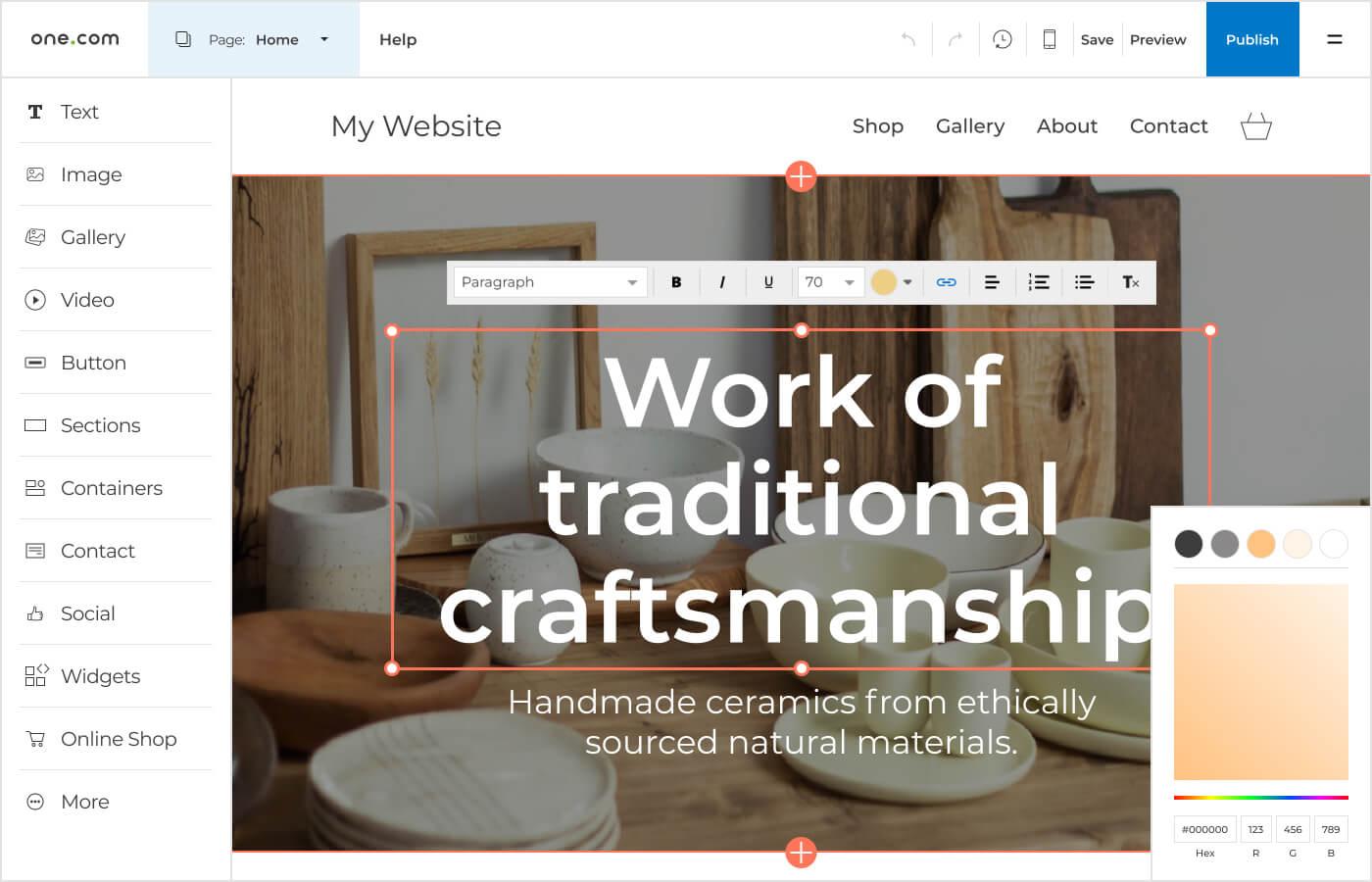
Marketing Your New Website Builder Feature to Boost Engagement
Once you’ve successfully integrated a website builder feature into your SaaS platform, it’s time to turn your attention to marketing it effectively. A well-executed marketing strategy can significantly enhance user engagement and retention. Here are some dynamic approaches to consider:
- Leverage Social Proof: Showcase testimonials and case studies from early adopters of your website builder. Highlight their success stories and how easily they created stunning websites using your tool.
- Create Compelling Content: Develop blog posts, video tutorials, and webinars that demonstrate how to use your website builder effectively. Content that educates users on best practices will not only draw attention but also foster trust.
- Run Targeted Ad Campaigns: Utilize social media and search engine ads to target potential users who are looking for website building solutions. Tailor your messaging to emphasize the unique features that set your builder apart.
- Offer Limited-Time Promotions: Introduce special offers such as free trials or discounted subscriptions for new users. This can encourage hesitant users to give your builder a try, increasing the chances of conversion.
To boost engagement further, consider implementing a referral program. Users love to share valuable tools with their friends and network, especially if there’s a reward involved. This can be a win-win scenario where both the referrer and the new user benefit.
Another effective strategy is to host interactive live demos or Q&A sessions. These events allow potential users to see the website builder in action, ask questions, and understand its capabilities firsthand. Plus, it creates a personal connection that can enhance user trust.
| Engagement Strategy | Benefits |
|---|---|
| Social Proof | Builds trust and credibility. |
| Content Marketing | Educates and informs users. |
| Targeted Ads | Increases visibility to relevant audiences. |
| Referral Program | Encourages organic growth through word of mouth. |
Don’t forget to engage your existing users! Send out newsletters highlighting new features and tips on maximizing the website builder. Encourage them to provide feedback, which can help you refine the feature and make it even more appealing.
Lastly, analyze and adapt your strategies based on user behavior and feedback. Use analytics tools to track engagement metrics, and adjust your marketing tactics accordingly. Staying responsive to your audience’s needs is key to maintaining high engagement levels.
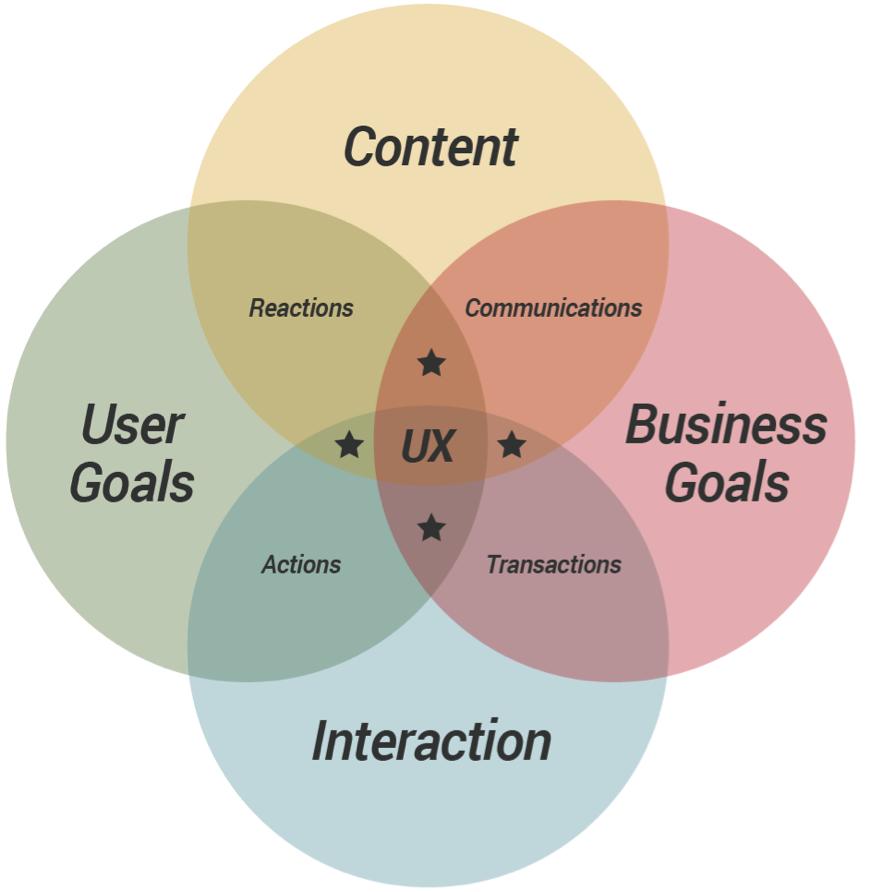
Providing Support and Resources for User Success
When integrating a website builder into your SaaS platform, it’s essential to prioritize user success by providing comprehensive support and resources. This not only enhances user experience but also encourages them to make the most of the new features you offer.
Here are some effective ways to ensure your users feel supported:
- In-depth Documentation: Create user-friendly guides that walk users through every step of using the website builder. Offer tips, best practices, and troubleshooting advice.
- Video Tutorials: Consider producing a series of short, engaging video tutorials that visually guide users through various functionalities of the builder.
- Live Webinars: Host regular webinars where users can learn directly from experts, ask questions, and see the website builder in action.
- Community Forums: Establish forums or discussion boards where users can share experiences, ask questions, and provide feedback. This fosters a sense of community.
Support doesn’t stop at documentation; personal interaction can significantly enhance user confidence:
- Dedicated Support Team: Ensure your support team is well-trained on the website builder and available to assist users with any inquiries.
- Interactive Chat Support: Implement a live chat feature on your platform to provide instant assistance, making it easier for users to solve problems as they arise.
Additionally, consider offering a feedback loop. This approach not only improves the current features but also aligns future updates with user needs:
- User Surveys: Regular surveys can help you gauge user satisfaction and identify areas needing improvement.
- Beta Testing Groups: Involve users in testing new features before they launch. Their insights can be invaluable in refining the product.
Lastly, to maximize user success, you might want to provide a roadmap of upcoming features and updates. This transparency will empower users to adapt their strategies accordingly and can encourage long-term engagement with your platform.
| Resource Type | Description | Format |
|---|---|---|
| Documentation | Step-by-step guides and FAQs | Text |
| Tutorials | Visual guides on using features | Video |
| Webinars | Live Q&A sessions | Interactive |
| Support | Quick assistance through chat | Live Chat |
By implementing these strategies, you not only help users navigate the website builder but also foster a positive relationship that encourages them to explore all that your SaaS platform has to offer. Their success ultimately leads to your success, creating a win-win scenario.

Measuring Success: Key Metrics to Track After Launch
After launching a website builder as part of your SaaS offering, it’s crucial to understand how effectively it’s performing. Monitoring specific metrics can give you valuable insights into user engagement, satisfaction, and overall success. Here are the key metrics to keep an eye on:
- User Adoption Rate: Track how many users have started using the website builder compared to those who signed up for your service. A high adoption rate indicates that users find value in the feature.
- Active Users: Measure the number of daily and monthly active users. This helps gauge ongoing engagement and can reveal patterns in user behavior.
- Customer Feedback: Collect and analyze user feedback through surveys or reviews. Positive feedback can highlight strengths, while constructive criticism offers opportunities for improvement.
- Churn Rate: Monitor the percentage of users who stop using your website builder over a set period. A high churn rate may signal dissatisfaction or usability issues that need addressing.
- Feature Usage: Identify which features of the website builder are being used most frequently. This data can inform future enhancements and help prioritize development efforts.
Furthermore, consider assessing the conversion rate for users who utilize the website builder. This metric indicates how many of these users go on to subscribe to your SaaS or upgrade their plans. It’s a direct reflection of how well the website builder meets user needs and drives business growth.
| Metric | Description | Why It Matters |
|---|---|---|
| User Adoption Rate | Percentage of new sign-ups utilizing the builder | Indicates initial interest and value perception |
| Active Users | Daily and monthly users of the website builder | Shows ongoing engagement levels |
| Customer Feedback | Insights from user surveys and reviews | Guides improvements and feature development |
| Churn Rate | Percentage of users discontinuing the service | Identifies potential dissatisfaction |
| Feature Usage | Tracking frequently used features | Helps prioritize future enhancements |
In addition to these metrics, keep an eye on your support tickets related to the website builder. An increase in support requests can signal user difficulties or confusion, providing another layer of insight into how the tool is performing.
don’t forget to set benchmarks for each of these metrics. Establishing a baseline will help you track progress over time. Regular evaluations can illuminate trends and guide strategic decisions, ensuring that your website builder continues to add real value to your SaaS offering. By staying on top of these metrics, you can confidently refine your product, enhance user experience, and ultimately drive growth.
Future-Proofing Your Website Builder for Ongoing Growth
When integrating a website builder into your SaaS solution, it’s essential to think beyond the present. A successful platform not only meets current user needs but also anticipates future trends and demands. Here are some strategies to ensure your website builder remains relevant and robust as your business scales.
First, consider the modularity of your platform. A modular approach allows you to add or update features without overhauling the entire system. This flexibility enables you to:
- Incorporate new design elements quickly.
- Adapt to emerging technologies like AI and automation.
- Respond to user feedback with ease.
Next, focus on scalability. As your user base grows, so will the demand on your website builder’s infrastructure. Make sure to:
- Utilize cloud technology to accommodate fluctuating traffic.
- Implement a content delivery network (CDN) to ensure speed and reliability.
- Monitor performance metrics regularly to identify bottlenecks.
Another aspect to consider is mobile optimization. With an ever-increasing number of users accessing websites via mobile devices, your website builder must prioritize responsive design. This not only improves user experience but also enhances SEO performance. Here are some ways to ensure your builder is mobile-friendly:
- Responsive templates that adjust to various screen sizes.
- Mobile-specific features like click-to-call buttons.
- Regular testing across multiple devices and platforms.
Furthermore, keep an eye on SEO capabilities. A powerful website builder should provide users with tools to optimize their sites for search engines. Consider incorporating:
- Built-in SEO audits and recommendations.
- User-friendly integrations with popular analytics tools.
- Customizable meta tags and descriptions for better visibility.
don’t underestimate the power of community engagement. Building a community around your website builder can lead to invaluable feedback and innovation. You might consider:
- Creating forums or social media groups for users to share tips and experiences.
- Hosting webinars or workshops to educate users about new features.
- Encouraging user-generated content that showcases the potential of your builder.
| Strategy | Benefits |
|---|---|
| Modularity | Flexibility for feature updates |
| Scalability | Handles increased demand |
| Mobile Optimization | Improved user experience |
| SEO Capabilities | Enhanced visibility |
| Community Engagement | Valuable user feedback |
Frequently Asked Questions (FAQ)
Q&A: How to Add a Website Builder to Your SaaS (Without Starting From Scratch)
Q1: Why should I consider adding a website builder to my SaaS product?
A: Great question! Adding a website builder can significantly enhance your SaaS offering by providing added value to your users. It enables them to create their own websites easily, which not only attracts more customers but also increases user engagement and retention. Plus, it makes your product more competitive in a crowded market.
Q2: Isn’t building a website builder from scratch a huge undertaking?
A: Absolutely, it can be a monumental task! Fortunately, you don’t have to start from square one. There are existing frameworks, APIs, and tools that can be integrated into your SaaS. This allows you to leverage pre-built functionalities and focus on customizing the features that matter most to your users.
Q3: What are some options for integrating a website builder?
A: There are several routes you can take. You could use a white-label website builder solution, which lets you brand an existing product as your own. Alternatively, consider using open-source options that you can modify to fit your needs. API-driven services are another great choice, as they provide flexibility and scalability without the hefty development costs.
Q4: How do I choose the right website builder solution for my SaaS?
A: Start by considering your target audience and their needs. Look for a solution that offers the features they’ll value most—be it drag-and-drop functionality, e-commerce capabilities, or customizable templates. Also, think about your budget, scalability, and ease of integration with your existing systems.
Q5: Will adding a website builder complicate my existing platform?
A: It can seem daunting, but with careful planning, it doesn’t have to be complicated! Focus on seamless integration. Choose a solution that complements your existing architecture, and ensure your team is on board with the changes. Clear communication and a structured approach can minimize any potential disruptions.
Q6: How can I ensure my website builder stands out from competitors?
A: To stand out, focus on user experience. Offer unique features that address specific pain points in your niche. Additionally, invest in responsive design, speed optimization, and excellent customer support. You could also consider integrating SEO tools or analytics to provide users with insights that can help them grow their online presence.
Q7: What are the potential challenges I should be aware of?
A: Like any new feature, challenges can arise. You may face technical issues during integration, or there may be a learning curve for your users. It’s essential to provide ample support and tutorials to help them navigate the new tools. Additionally, keep an eye on feedback to make continuous improvements.
Q8: Any final tips for successfully adding a website builder to my SaaS?
A: Absolutely! Start small and iterate. Launch with essential features first, then gather user feedback to guide your future improvements. Keep your customers at the center of your decision-making. And remember, communication is key! Regular updates and support can keep users engaged and excited about the new features you’re rolling out.
Adding a website builder to your SaaS can be a game-changer without the need to reinvent the wheel. Embrace the resources available to you, and watch your platform flourish!
In Retrospect
And there you have it! Integrating a website builder into your SaaS platform doesn’t have to be a daunting task. By leveraging existing tools and frameworks, you can enhance your offering without reinventing the wheel. Remember, the goal is to empower your users, making it easier for them to create stunning websites that showcase their businesses.
So, whether you choose to use APIs, embed third-party solutions, or customize existing frameworks, the right approach will not only streamline your development process but also add significant value to your service. Your customers will appreciate the extra functionality, and you’ll stand out in the competitive SaaS landscape.
Now that you have all the insights and strategies, why not take the leap? Start exploring your options today, and watch your SaaS transform into a comprehensive solution that delights your users. The future of your platform is just a few steps away—let’s make it happen!



